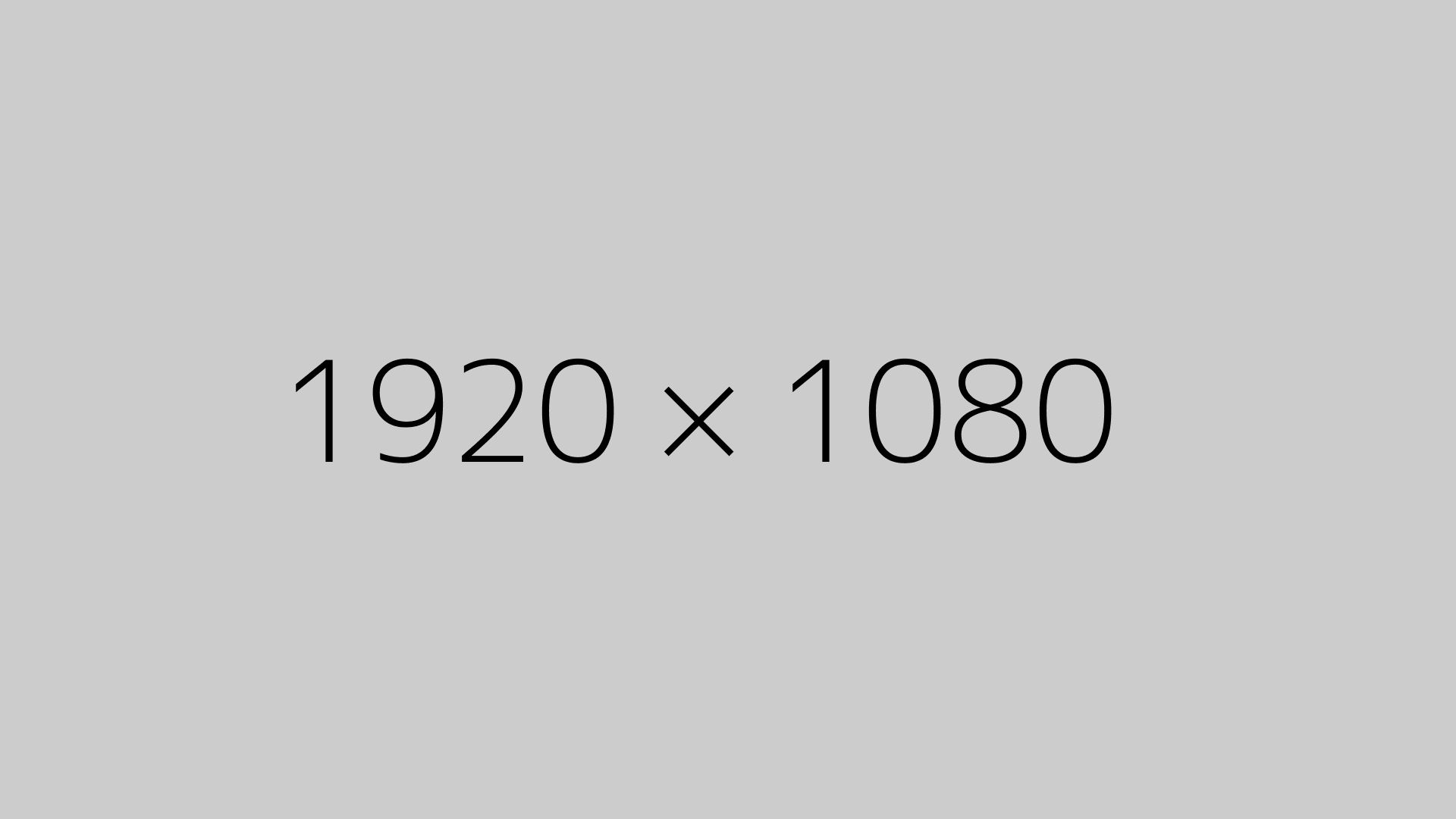If your welds are coming out rough and you’re wondering why they don’t look clean, there’s a good chance it’s not your machine — it’s how you’re moving your hand.
Working with flux core wire can actually give really nice results, but small mistakes in hand control make a huge difference. Here’s a breakdown using four welds done back-to-back on the same machine, same settings, and same material — no cooling time between them.
The first weld had the gun held way too far from the material. The wire speed was a bit fast too, so the wire kept bumping the gun back. Every time the connection breaks and restarts, it forms a little ball. That’s why the weld looked full of lumps and had lots of spatter. Plus, when you stay too far away, the wire can get so hot it snaps off before it even touches the workpiece, leaving you with poor fusion and messy welds.
The second weld was still too far away — about six inches — but the wire speed was more controlled. Even though it looked a little better, the weld still wasn’t getting enough heat into the material. It didn’t flow right because of the distance. If the wire speed feels right, the next thing to fix is getting closer. About 3/4 of an inch to 1 inch of stickout is the goal. Not touching the tip to the material, but close enough so the puddle stays hot and smooth.
The third weld was done much closer to the material — just under an inch — which is where you want to be. The result? Way better flow and penetration. The only problem here was moving a little too fast. A lot of beginners are scared of burning through, so as soon as the puddle starts forming, they speed up too much. The weld looks thin and weak because it didn’t have time to really melt into the base metal. If you ever tested these welds by trying to break them, the slow, hot weld would hold much better than the fast, skinny one.
The last weld was closer too, but rushed even faster — and the gun angle was off. Angle matters a lot. With flux core, you want to drag the puddle, not push it. Imagine you’re pulling the bead towards you, keeping the nozzle pointed back slightly in the direction you’re moving. If you push it forward instead, you trap slag and air inside, causing porosity and weak spots. The bead will also look crooked and rough.
Another thing: the closer and hotter your welds get, the more heat you’ll feel. Once you start really welding properly, gloves and jackets aren’t optional anymore. Good welds throw off serious heat and UV. If you’re welding in just a T-shirt and your beads look cold and messy, you probably don’t need to worry about sunburns yet — but once you’re getting good penetration, you definitely will.
Finally, clean welds also depend on good slag removal. If your weld is inconsistent, slag will stick and you’ll need to beat it off aggressively. If your weld is clean and smooth, the slag just pops right off with a light tap or even brushing. Using anti-spatter spray can help keep the surrounding area clean too.
In short:
Fix your hand control.
Keep your distance right.
Angle your gun correctly.
Control your travel speed.
Focus on these, and you’ll start turning those messy welds into clean, strong ones.
Got any questions? Drop them below!


